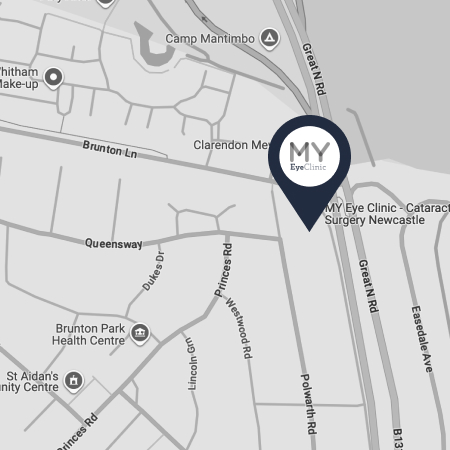The ear is a delicate, complex organ which controls hearing and balance, allowing us to make sense of our surroundings and position ourselves correctly. It’s split into three parts; outer, middle and inner. It’s one of the only body parts we can’t see without a mirror! But what if we could see our ears? Or even better, what if we could see inside? To make sense of the hardworking organ, fasten your seatbelts and take a trip inside the ear with us…
As our journey begins, we find ourselves landing on the outside of the ear, the pinna. The pinna is the large part of your ear attached to your head. When you reach up to touch your ear, you’re touching the pinna.
From here, we take a walk into a large tunnel where you can still see the outside world. Sound travels from the external world into this path when it first reaches your head. You may notice some sticky yellow residue on the walls, this is earwax. Earwax is the cleaning system for your ears. It blocks dirt and debris from getting into the sensitive and important parts of your ear. The ear is self-cleaning for this reason, and is best left alone unless you have a significant build up needing professional attention.
Once you reach the end of the tunnel, you’ll take a turn and see a large round wall. This is your eardrum, or medically known as the tympanic membrane. As you’d imagine, the eardrum is very similar to a musician’s drum, being that it’s made up of 3 layers which are stretched across the ear canal, when the sound hits the eardrum, it vibrates and moves the layers of skin.
Nothing typically gets past the eardrum, but for educational purposes, we’ve managed to get you a backstage pass into the middle ear! Inside the middle ear, above you you’ll see something resembling a hammer attached to the eardrum. This is the malleus, which is first bone in your middle ear. It’s attached to the eardrum and it moves whenever the eardrum moves. You’ll also see another bone attached to the malleus, the incus.

The incus is the bone which works like a lever. It turns the tiny vibrations of sound into movements big enough for your ear to hear. Next in line is the stapes. The stapes looks like almost like an old fashioned clothing iron, and is attached to your cochlea by an oval window. The oval window is the entrance to the cochlea, when the oval window is pushed back and forth by the stapes, the fluid inside the cochlea moves back and forth.

Once you’ve managed to sneak past security through the oval window, you’ll find yourself in the cochlea. This is part of the inner ear and looks a bit like a snail shell. Inside the cochlea you’ll find yourself in a big sphere surrounded by fluid, membranes and cells. The vibrations move through the fluid and cause the tiny hair cells in the cochlea to move. The hair cells detect the movement and change it into the chemical signals for the hearing nerve. The hearing nerve then carries the signal to the brainstem which analyses the sound. You wouldn’t know you’d heard a single thing if the signal didn’t reach the brainstem. We’re all aware of how wonderful our hardworking brains are, and the partnership between the ears and the brain is simply magical. It’s important to take care of your ears, which is why at My Hearing Clinic, we’re here to cover all aspects of hearing health.









Leave A Comment